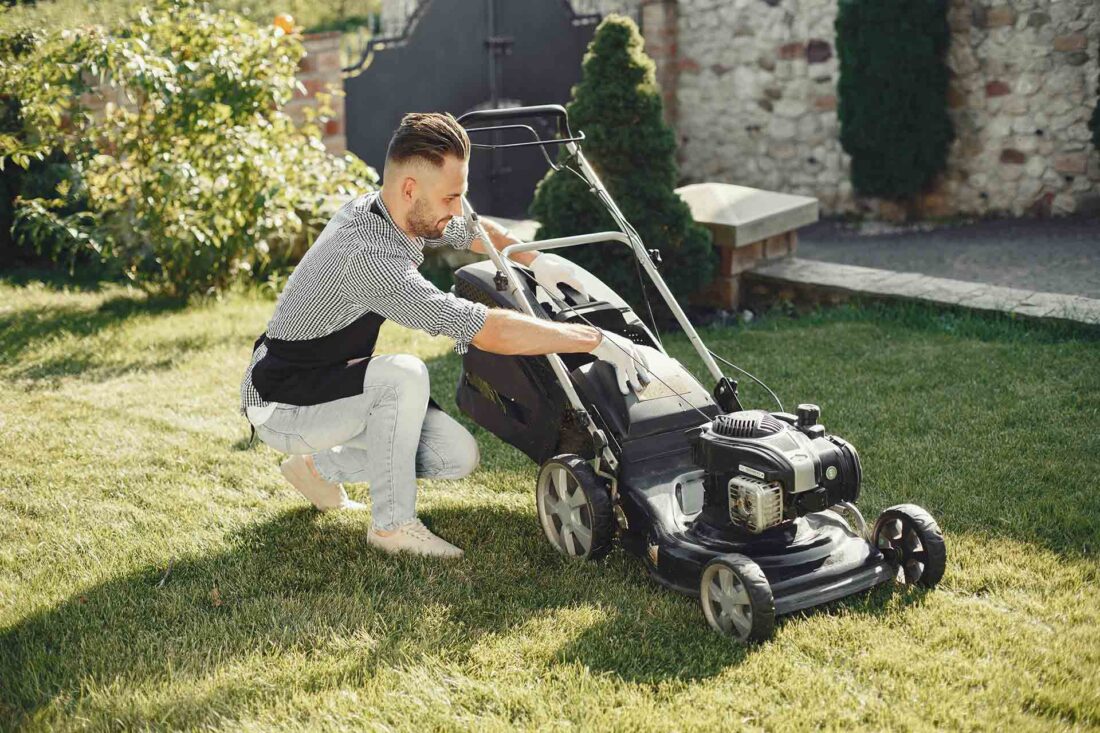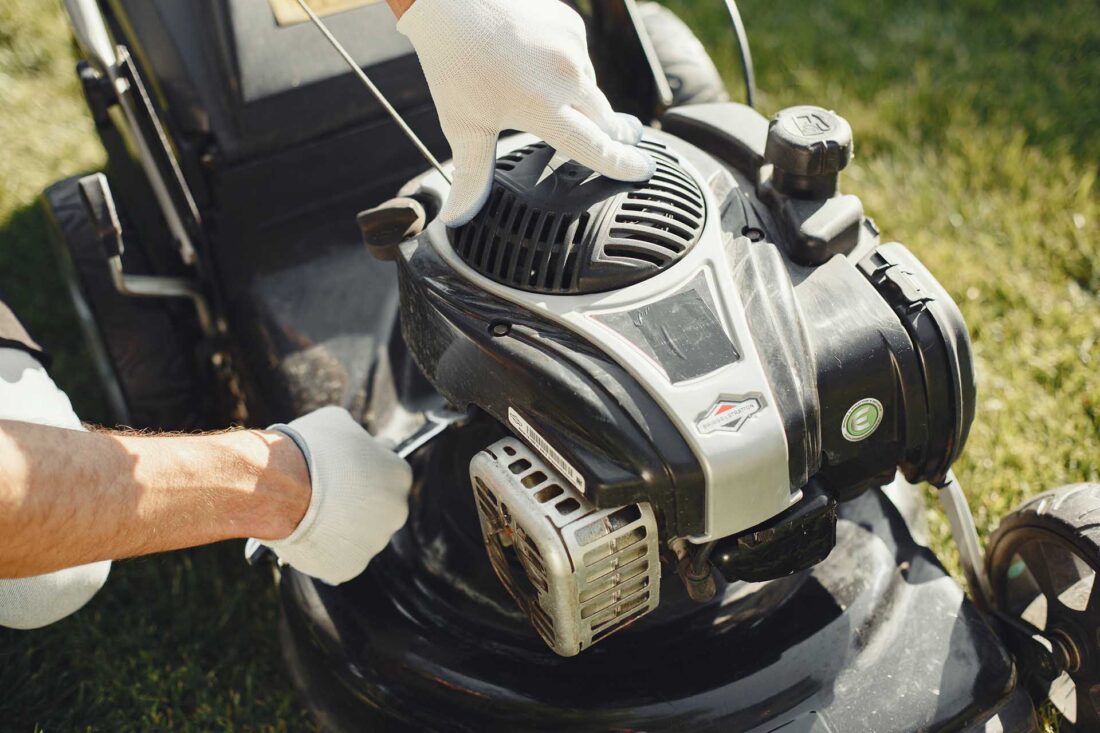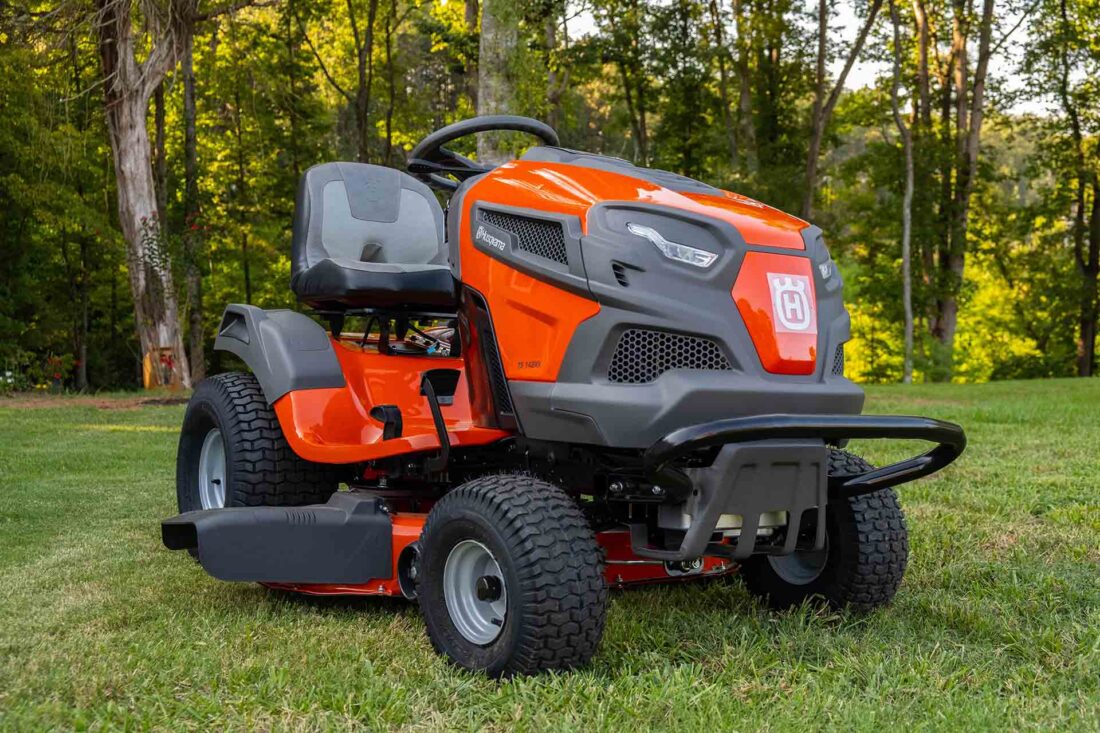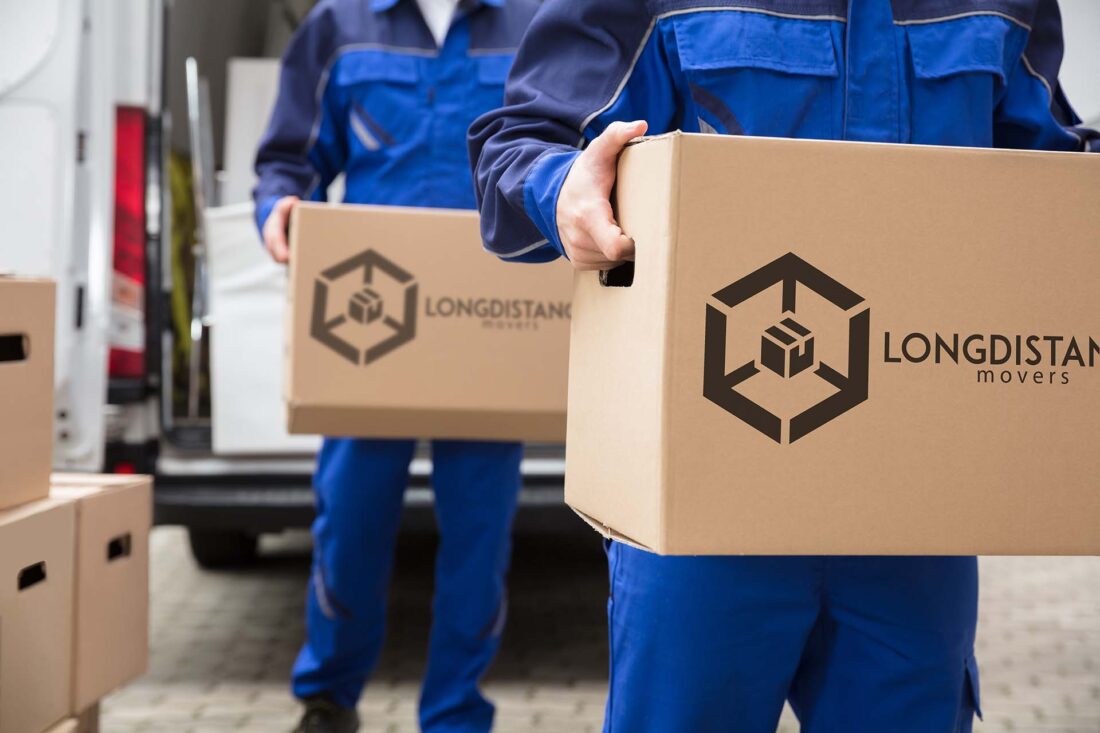Navigating the intricacies of moving a lawn mower safely is essential for both personal safety and equipment maintenance. Our comprehensive guide will ensure that your relocation experience is as seamless and hazard-free as possible. Equip yourself with the knowledge to handle, transport, and store your grass cutter with the utmost care, ensuring longevity and optimal performance. Let’s delve into the key steps for a safe and efficient relocation.


When relocating a grass cutter, start by gathering proper equipment based on its types, as each machine has its unique characteristics and handling requirements. Before the relocation and boxing-up process, clean, drain the fuel, and disconnect the spark plug on the grass cutter for safe relocation. Utilize proper lifting and securing techniques to prevent injuries. For those looking to avoid the hassle and potential risks, hiring long-distance movers can be a wise choice.
Why Should You Consider Moving a Lawn Mower?
The decision to relocate with your grass cutter hinges on several factors, including the cost, the emotional attachment, or the specific functionalities that your current item offers. While buying a new one at your future location might seem convenient, relocating with your existing one can be economical and efficient, especially if it’s still in good working condition.
It ensures you retain a machine you’re familiar with that will be immediately available for use. Evaluating the practicality and relocation strategies needed for safe transport and smooth and efficient relocation is a must for the success of this mission.
Are There Different Types of Mowers
When it comes to lawn maintenance, choosing the right type of grass cutter is crucial. Different types of these machines cater to a variety of lawn sizes, terrains, and the specific needs of the user, each offering distinct features and functionalities. Here’s a list of the most common mowers:
- Push mowers – manual machines without an engine, ideal for small lawns, require physical effort to be pushed around.
- Gas-powered mowers – engine-powered, suitable for medium to large lawns, regular maintenance required.
- Electric mowers – corded or cordless options, quieter operation, ideal for small to medium lawns.
- Riding grass mowers – engine-powered and rider-operated, perfect for large lawns, with various features that will make your experience comfortable and efficient.
- Robotic mowers – automated operation, can be programmed to work on schedule, suitable for small to medium lawns.
- Zero-turn mowers – enhanced maneuverability, ideal for landscapes with obstacles, efficient for large areas.
- Reel mowers – manual, blade reel, eco-friendly, best for small, flat lawns.


What Should You Do Pre-Move?
Preparing your grass cutter for a relocation to a new state requires meticulous attention to detail to ensure the safety and integrity of the machine. Thorough planning of your relocation and a series of pre-move steps can significantly mitigate risks and relocation mistakes associated with the transportation of such objects. These measures are not just essential for the safe handling and moving of the machine. They also contribute to the equipment’s maintenance and readiness for immediate use upon arrival at the new location.
Drain the Fuel – Why and How to Do It Safely
Draining the fuel from your grass cutter before the relocation is a critical safety measure. It minimizes the risk of fuel spills, which can lead to fire hazards, damage to other items, or environmental pollution. This will also comply with environmental preservation standards upheld by the US Environmental Protection Agency.
To drain the fuel safely, start the machine and let it run until the fuel tank is empty, or use a siphon pump to transfer fuel into an appropriate container. Ensure this process is done in a well-ventilated area away from open flames or heat sources to prevent any accidental ignition.
Disconnect the Spark Plug to Prevent Accidental Startups
Keep in mind that safety during the relocation process involves taking precautions to ensure there are no potential accidents during the shipping of your belongings. Disconnecting the spark plug is a simple yet effective measure to prevent accidental startups.
This step ensures that the machine remains inert during transportation, mitigating the risk of inflicting injuries on those handling it or damaging the item itself. It’s a straightforward task – just locate the spark plug, disconnect the wire, and ensure it’s away from the plug to avoid unintended engine ignition.
Clean the Mower – Remove Grass Clippings and Debris
Having a good move-out cleaning session is an essential pre-move task for every relocation. Removing grass clippings, dirt, and debris prevents the spread of garden waste during transportation and aids in the efficient operation of the grass cutter at the new location.
A clean machine is also easier to handle and less likely to cause mess or damage. Simply use a brush or hose to clean the undercarriage and other parts, ensuring the grass cutter is dry before you box it up to prevent rust or corrosion.
Check the video below for some tips on how to safely clean your gardening tool.
Check for Loose Parts to Ensure Nothing Falls off During the Move
Ensuring all parts of the machine are securely fastened prevents the loss or damage of components during transit. Check for loose nuts, bolts, or other parts and tighten them.
Remove detachable components like grass catchers or mulching attachments and pack them separately. Performing a thorough check ensures the integrity of your machine and facilitates a quick and efficient unpacking and setup upon arrival at the destination.


How to Transport a Lawn Mower – Safe Lifting and Transporting Techniques
Transporting a grass cutter safely is paramount to prevent personal injuries and damage to the equipment. Different types of these machines require a distinct approach to ensure smooth and easy transportation. Key to this process is the understanding of proper lifting techniques, the utilization of appropriate transport equipment, and the knowledge of securing and handling specific components integral to its functionality.
Hande Your Push Mower Transportation with Care and Precision
Employing the correct lifting techniques, like bending the knees and keeping the back straight, is essential to avoid strains and injuries. For easier and safer transportation, consider using a dolly or cart, especially when moving the mower over longer distances or navigating stairs and slopes. Ensuring the machine is stable and secure on the dolly prevents accidental slips or falls during the relocation process.
Gather the Necessary Equipment to Safely Transport Your Riding Mowers
How to transport a riding lawn mower? Their size and weight necessitate the use of specialized equipment for safe and stress-free transportation. Utilize ramps for loading and unloading the machine onto the relocation truck, ensuring that both are of adequate strength and width to accommodate its weight and size. Secure strapping and positioning are vital to keep the mower in place during transit, preventing shifts that could lead to damage or safety hazards.
Moving Services
Treat yourself with a white glove long distance moving service that’s based on the inventory list and not weight. This means a price guarantee, transparent move costs and premium moving service.
Learn morePacking Service
Sit back and relax, we’ve got packing services covered. We use moving blankets, shrink wrap, bubble wrap and even custom wooden crating. Your stuff will be protected and carefully handled during the move.
Learn moreStorage Services
Our spacious climate-controlled units will protect your things until the drop-off. No need to worry about them because all items are labeled and secure, and each customer gets a dedicated unit mixup isn’t possible.
Learn moreSpecial Considerations for Robotic and Electric Mowers
Robotic and electric grass cutters present unique challenges due to their electronic components and batteries. Ensure the batteries are disconnected and adequately protected to prevent short circuits or damage during the move.
Special attention should also be given to the charging stations and accessories, ensuring they are properly stored and transported to prevent loss or damage. Handle all electronic components with care, considering their sensitivity, and package them in a manner that offers protection from impacts, moisture, and other potential hazards.


Avoid Injuries by Hiring a Long-Distance Moving Company to Do It for You
As you can see, there are a lot of things to consider when figuring out how to relocate these gardening machines. The good news is that you don’t have to do it alone, as hiring professional movers will provide you with all the assistance needed to ship this outdoor power tool safely.
We understand the intricate needs of relocating valuable tools and equipment, especially when it involves relocating to another state or long distances. Safety and efficiency are embedded in all the services provided by Long Distance USA Movers. By leveraging our comprehensive cross-country moving services, you can be assured your precious machine is handled with precision, care, and professionalism.
The risk of personal injuries is completely eliminated as our seasoned team takes charge of the entire moving process. We utilize top-notch equipment and packing services to ensure your grass cutter is not only well-protected but also transported in a condition ready for immediate use upon arrival. Our commitment is anchored in delivering peace of mind, safety, and convenience, transforming the typically daunting task of transporting large items into a seamless, hassle-free experience.


Ensure the Safe Journey of Your Grass Cutter for the Greener and Fresher Start
Embarking on a new chapter of your life should be accompanied by a greener and fresher start, and ensuring the safe journey of your grass cutter is integral to this transition. With Long Distance USA Movers, your valued equipment is in skilled hands. Our expertise in long-distance moving is backed by a proven track record of delivering unmatched care and precision.
Our dedicated cross-country movers are trained to handle every detail meticulously, guaranteeing that your possessions arrive at your new home in impeccable condition. To make the first step towards guaranteeing a safe journey and a brighter beginning, contact us today. We are eager and ready to tailor our services to meet your unique relocation needs, ensuring each step of the way is marked by efficiency and convenience.
FAQ
Why Is It Necessary to Drain the Fuel Before Moving My Lawn Mower?
Draining the fuel from your grass cutter before relocating it is crucial to prevent leaks, spills, and fire hazards during transport. Fuel can spill, especially if the grass cutter tilts or shifts during transportation, posing both safety risks and potential damage to the cutter and possessions surrounding it.
Can I Transport My Lawn Mower in a Laid-Down Position?
It’s generally not recommended to transport it in a laid-down position. Most grass cutters are designed to operate in an upright position, and transporting them horizontally can cause oil and fuel to leak into the engine or other components, potentially leading to damage and performance issues.
How Often Should I Clean My Mower?
Regular cleaning of your grass cutter is essential for maintaining its performance. After each use, remove grass clippings and debris from the cutter’s deck and other components. Additionally, a more thorough cleaning should be done at the end of the cutting season or when you notice a significant buildup of grass and debris.
Is It Safe to Move My Lawn Mower With the Battery Still Attached if It's Electric?
If your grass cutter is electric and powered by a battery, it’s generally safe to move it with the battery still attached. However, it’s a good practice to disconnect the battery during long-distance transportation to prevent accidental startups and to ensure the battery remains secure in transit.
What Should I Do if I Notice a Fuel or Oil Leak After Moving My Lawn Mower?
If you observe a fuel or oil leak after moving your grass cutter, it’s essential to address it promptly. Turn off the cutter, move it to a well-ventilated area, away from any ignition sources, and inspect the source of the leak. Depending on the severity, you may need to repair or replace damaged components or seek professional assistance to resolve the issue safely.









